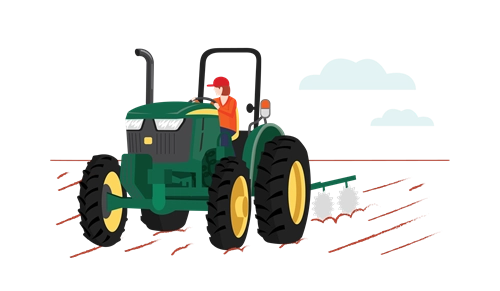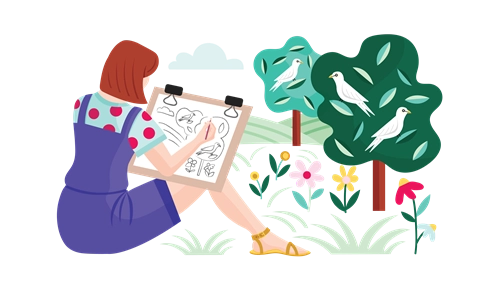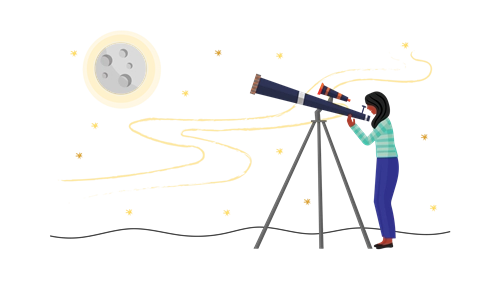Get involved in STEM in your community
You don’t need to be a STEM professional to get involved in science and technology. From outreach programs to citizen science projects, here are some ways you and your community can pitch in and lend a hand.
When Kirsten Gottschalk was a kid she wanted to be an astronaut. But, unlike most kids, for Kirsten it wasn’t just a phase. While she has kept her feet firmly on Earth, Kirsten is the Astronomy Ambassador at the International Centre for Radio Astronomy Research (ICRAR) in Western Australia.
Kirsten is a science communicator, and it’s her job to run the community education program at ICRAR. Science communicators help the public understand complex scientific research and why it’s so important to society. ‘I love seeing people get excited about space, because I’m excited about space,’ she says.
Running events, talking to the media and working with schools are all ways people like Kirsten can help the community learn more about STEM. But for members of the public who want to get more involved, there is another way – citizen science.
It's Kirsten Gottschalk, Astronomy Ambassador at ICRAR
'I love seeing people get excited about space, because I’m excited about space!'
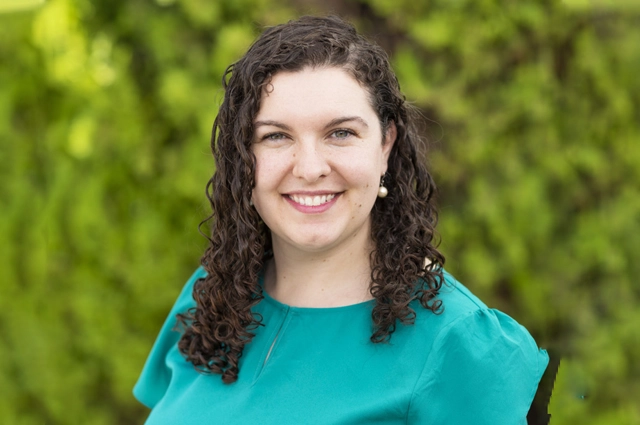
Galaxy gazing
Citizen science allows everyday people to get involved in real-life research projects, often by collecting or analysing data. ICRAR has run several citizen science projects over the past decade, with more than 150,000 people from all over the world lending a hand.
The latest project is called AstroQuest. Amateur astronomers can sign up to review images of distant space and ‘colour in’ the galaxies. Most of the time, a computer can identify the galaxy edges, but occasionally a human eye is needed to get it right. The database contains hundreds of thousands of images that need to be reviewed many times for accuracy, so the project needs as many people as possible to help out.
Finding frogs
In Sydney, in a joint appointment between the Australian Museum and UNSW, frog biologist Jodi Rowley is working on another citizen science project. Her team created an app called FrogID that asks users to record frog calls so that researchers can learn more about their habitats and breeding habits – and maybe even identify new species.
Meet frog biologist, Jodi Rowley
‘Frogs are really tricky to study in most of Australia. FrogID helps fill the knowledge gap.’
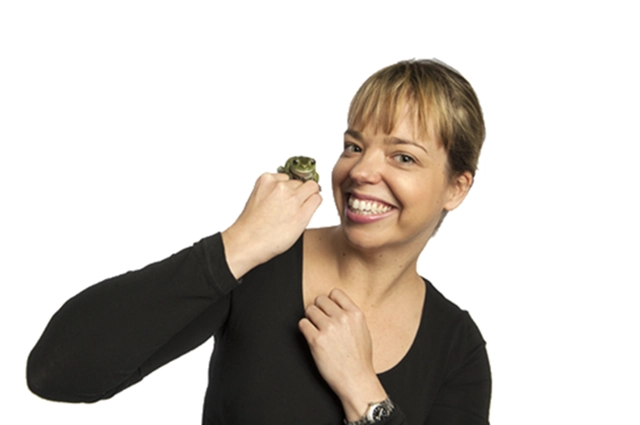
Image credit: Stuart Humphreys, Australian Museum
Frog enthusiasts around the country have submitted tens of thousands of recordings, and 186 species have been identified. Often there is more than one frog in a recording, as well as insects or birds. The volume of data coming in is helping build a much clearer picture of Australia’s frog population.
‘We’ve heard a few very interesting noises, and some accents that are worth exploring,’ says Jodi.
‘If we hear something that sounds like a new frog, we’ll try and conduct an excursion to go find it.’
All kinds of people get involved in citizen science, and for students curious about studying STEM it can be a great learning experience. And every now and then, a citizen scientist will make a new discovery – sometimes it will even be named after them! The AstroQuest website has a list of astronomical discoveries made by volunteers, such as exoplanets and weird green galaxies.
‘It’s really nice that citizen scientists get access to this data and find these things, because otherwise they just wouldn’t be found,’ says Kirsten. ‘There’s not enough research power out there to look at all of the data properly.’


